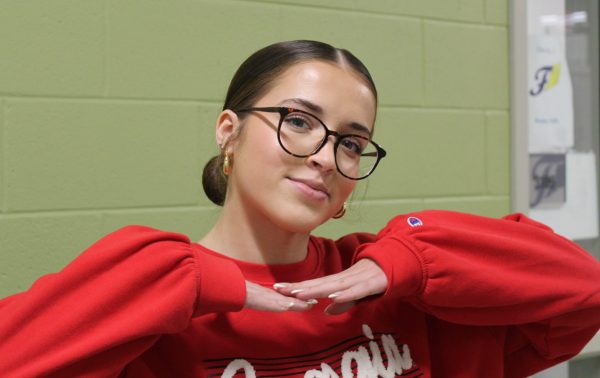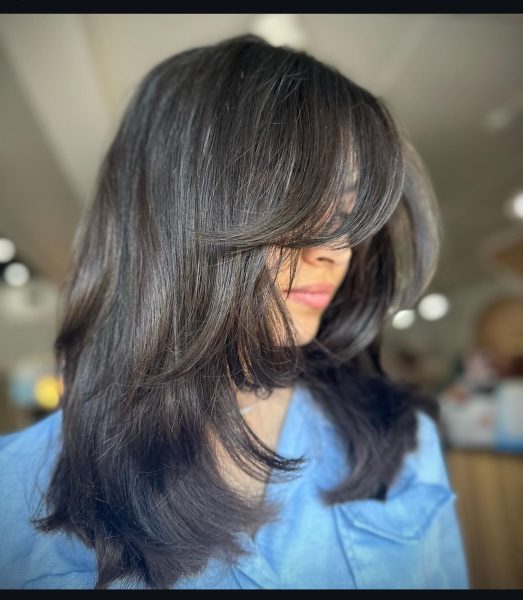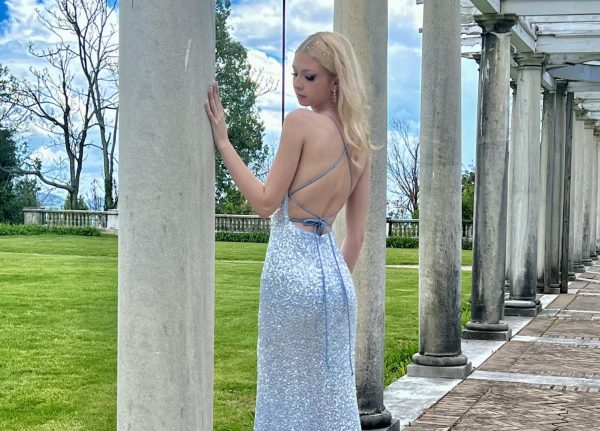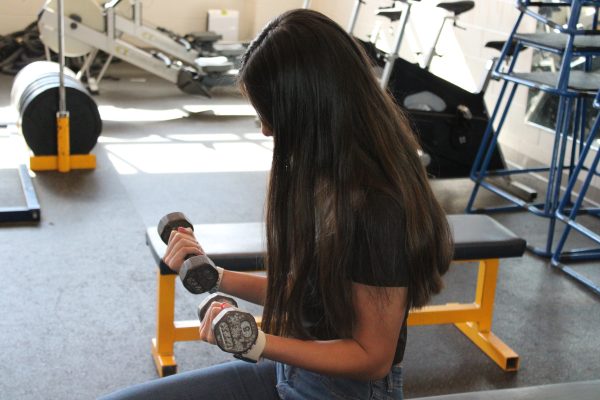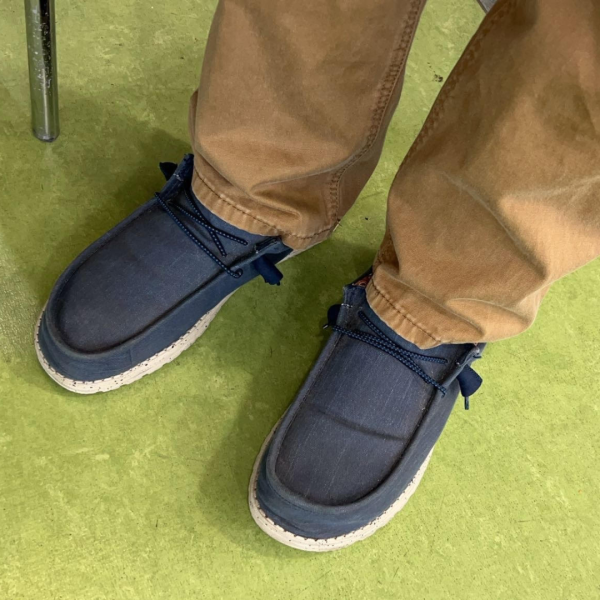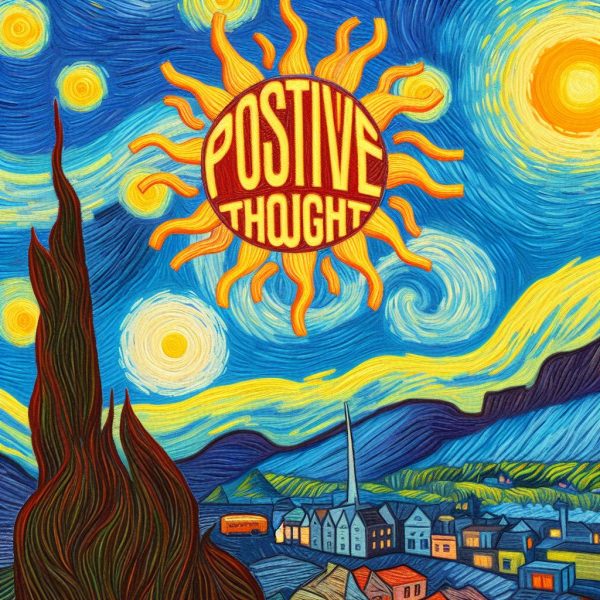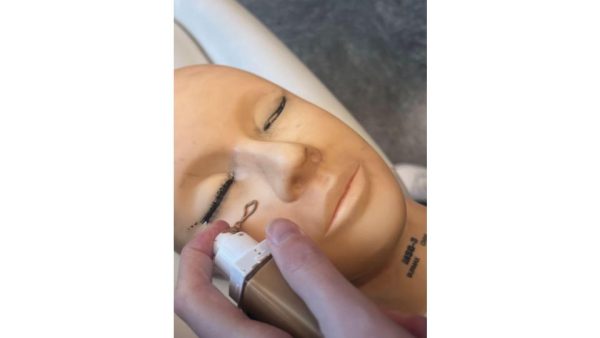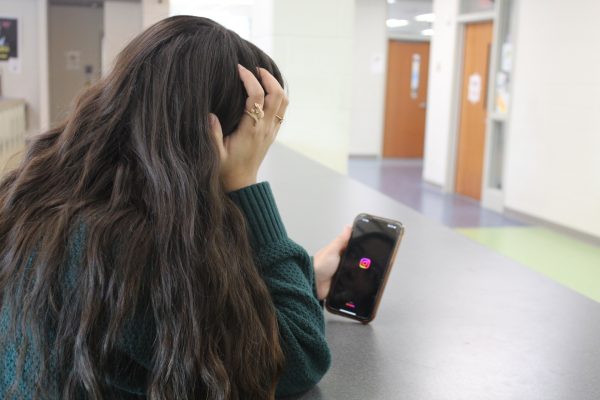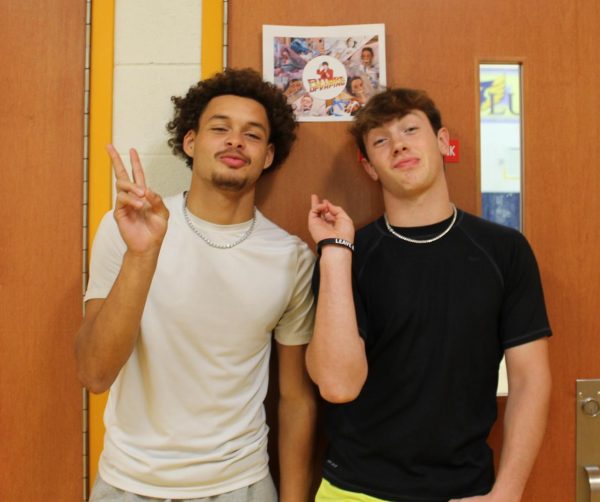The Surprising History of Bandanas
Most people are familiar with the square-shaped piece of cloth that can be tied around the head, face, or neck; but what is the history of this fashionable piece of clothing? This design was one of the most durable 20-by-20 pieces of cloth that ever reached western civilization. Due to bandanas’ hundreds of potential uses, this colorful cambric is a piece of artwork and history in any wardrobe.
Formerly known as the “kerchief,” these stylish and versatile quadrilaterals came from the Hindi Sanskrit word “Badhnati,” meaning “to tie.” Bandanas were derived from the ancient Greek and Roman civilizations. During those times, the bandana didn’t have as many unique designs and prints as it does today. They didn’t focus so much on the design as much as the use. They would use the bandana as a cloth for cleaning, and they were widely used among the lower class families.
For centuries, bandanas served many different purposes. In the 16th century, when many of the world’s earliest explorations occurred, many sailors found uses for bandanas. They found that the primary use for them was wearing them as a sweat rag. Being a seafarer from that time period, they had to wear clothing that would rub at their skin, leaving harsh rashes and burns. They would wear the bandanas around their neck to protect their necks from the rubbing of their collared shirts.
Alongside sailors, farmers also found uses for the kerchief. With long days in the field harvesting crops, farmers would receive painful burns from the sun, which would lead to some farmers with skin cancer or sun poisoning. Also, with the dust kicking up as they would harvest, it left some farmers with ragged coughs that would keep them from working out in the field. To help prevent that, they used bandanas to cover their mouths, necks, and even their heads.
When cowboys are mentioned, most people think of the cowboys from the Wild-West with their lassos and horses, riding off towards the sunset. Maybe you think of the people that ride bulls for eight seconds until they are eventually bucked off. However, I’m not writing about those types of cowboys.
Some cowboys would tend to the herded cattle and they would travel long distances with them; for purposes of selling or because they just purchased them. By trying to herd these massive groups, some would travel in front of the herd, on the sides, or even in the back end of them, to make sure the cattle wouldn’t stray. Cows are known to kick up lots of dirt and dust when they walk because of the way that their hooves are shaped and how fast they are going. Cowboys would use bandanas to cover their face, so they wouldn’t get dust in their lungs.
The culture of the bandana is an autonomous one. While some rebellious groups do use these articles of clothing to represent their standings, it is also to represent other groups like the LGBTQ+, who have no violent tendencies. The LGBTQ+ community uses them with the coloring of their symbolic rainbow colors, symbolizing their pride. The Black Lives Matter Movement group wears black bandanas, to symbolize the movement that they stand for. Many organizations and work establishments now allow for the wearing of bandanas in the workplace.
The rise of bandana wearing is increasing, even though it started centuries ago. Bandanas now have many prints that can match with any outfit or style you rock with. It is an easy accessory to make any boring outfit exciting and it is a simple way to represent any organization that you identify with.


